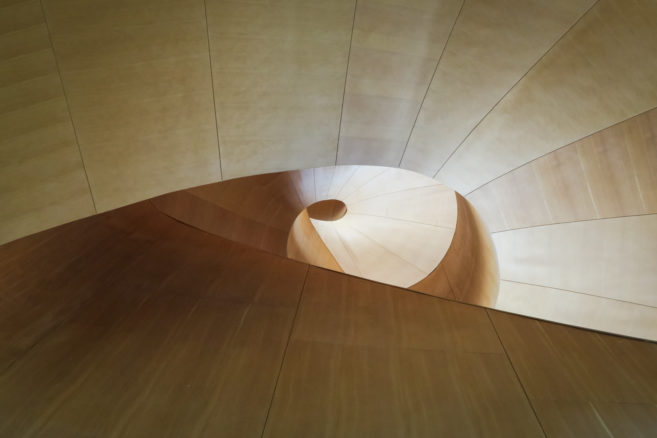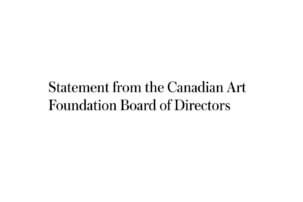On Wednesday, a consortium of Canadian galleries launched a new tool that will facilitate physically distanced art collecting. The Contemporary Art Galleries Association (AGAC) unveiled “Collecting—the App.”
The free augmented-reality app allows users to visualize works of art, at scale and in a realistic way, on their own walls—simplifying, the makers state in a release, “the decision-making process leading to the acquisition.”
Though the app started development before the COVID-19 crisis emerged, it has gained new importance since then. Developed in collaboration with Montreal-based studio Dpt., the app is claimed, in a recent release, to be “the first application of its kind in Canada to present a large catalogue of artworks accessible in augmented reality.”
The app features roughly 1,000 works of contemporary art available for sale, presented by more than 40 Canadian galleries. Artworks range from ones by iconic international artists like Sonia Delaunay and Pablo Picasso—whose later prints are being offered by Galerie Jean-Claude Bergeron in Ottawa—to prominent contemporary Canadians like Sobey Award winner Daniel Barrow, whose recent drawings are available through Quebec City’s Galerie 3. (Works by emerging artists, like Charley Young, are also available, with Young’s drawings in particular brought to the app by Studio 21 in Halifax.)
The new app will be used as a tool for visitor experience during the first virtual edition of AGAC’s Papier art fair, from June 4 to 21. International art fairs are making similar moves, with the first virtual edition of Frieze also introducing an augmented reality component.
“As digital transformations impact our industry,” noted AGAC director Julie Lacroix in a release, “we are at a pivotal moment.”
Funding for the app was provided by the Ville de Montréal and Quebec’s Ministère de la Culture et des Communications.

 Photo: AGAC.
Photo: AGAC.





